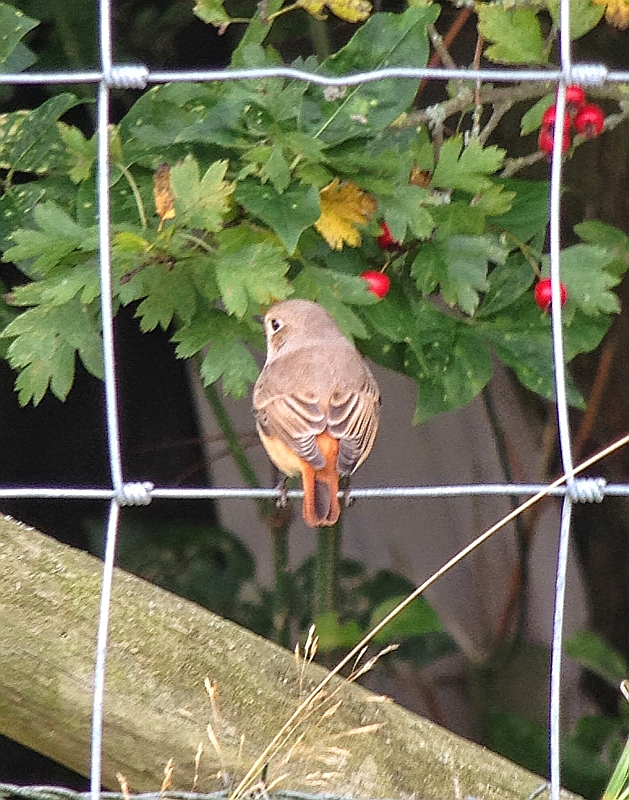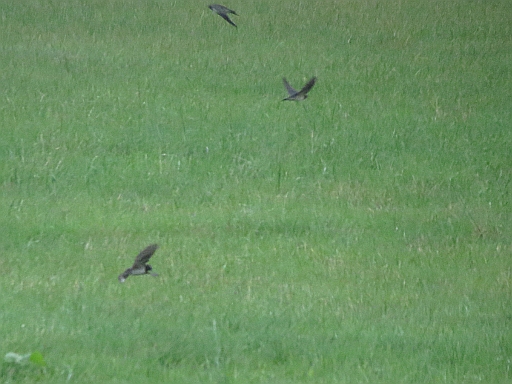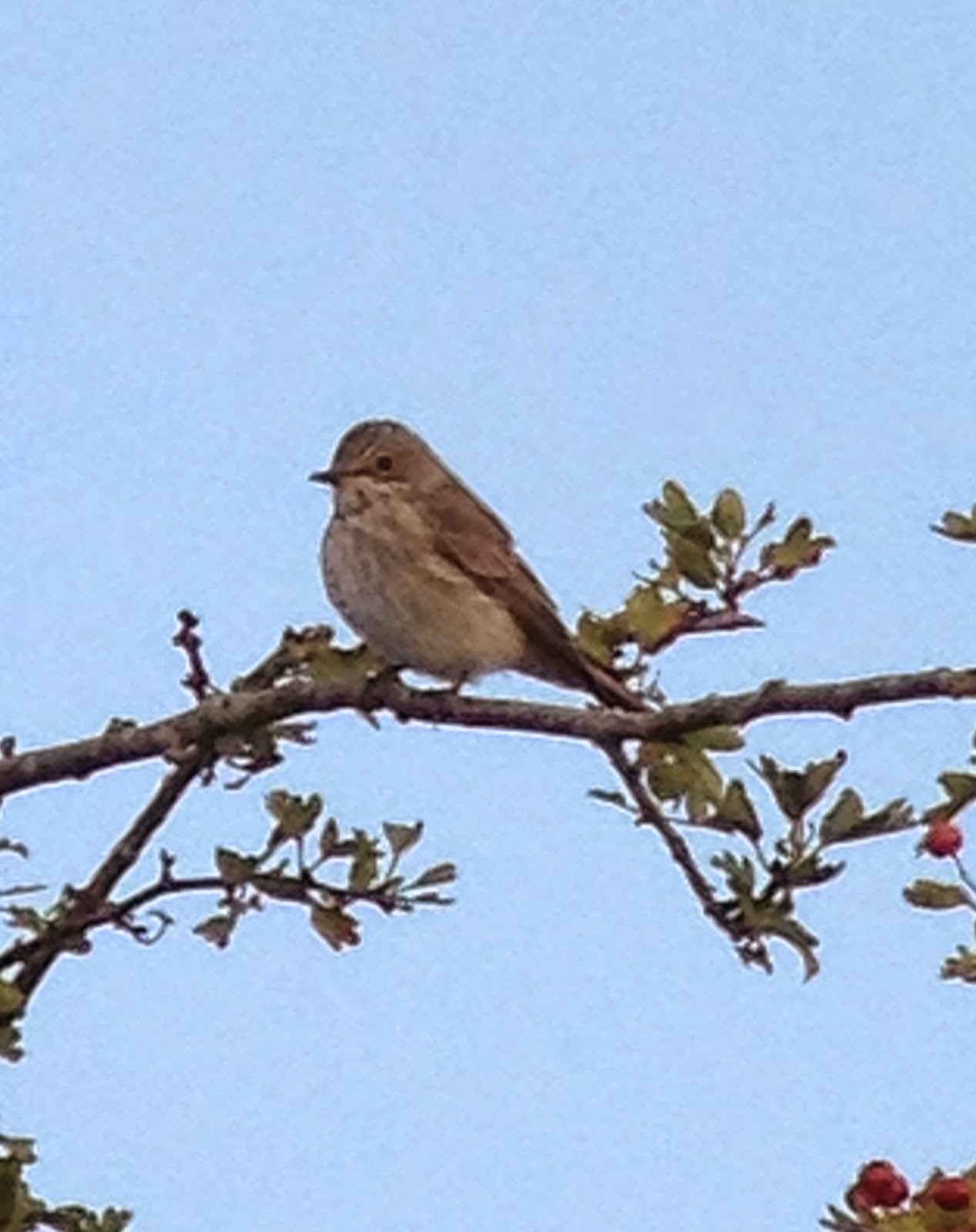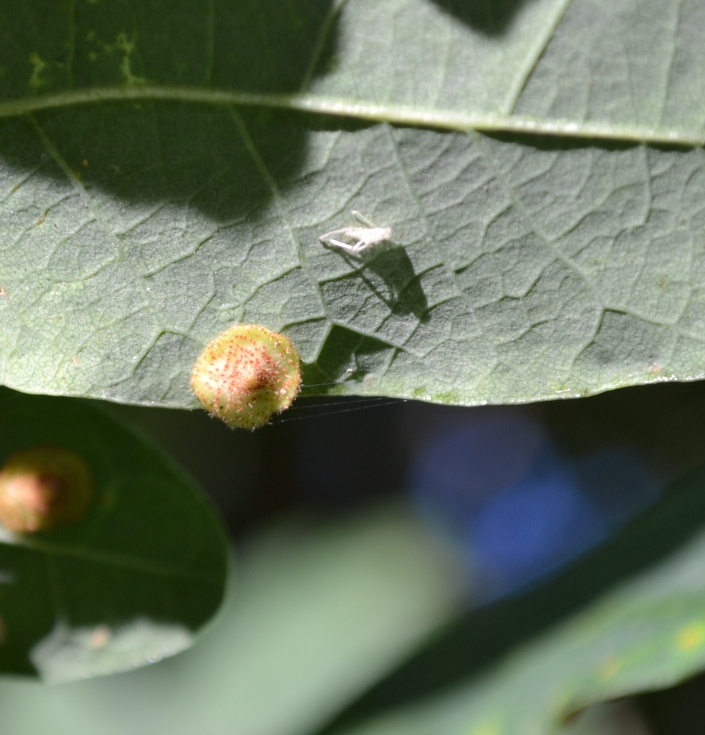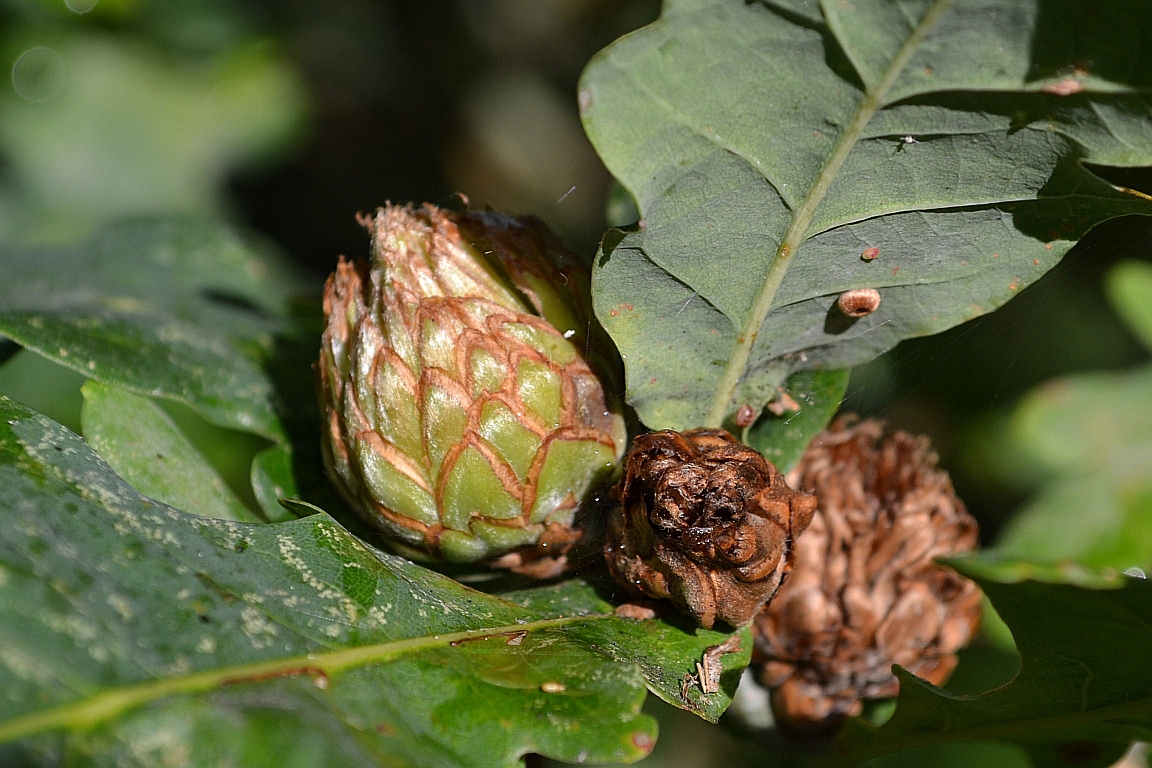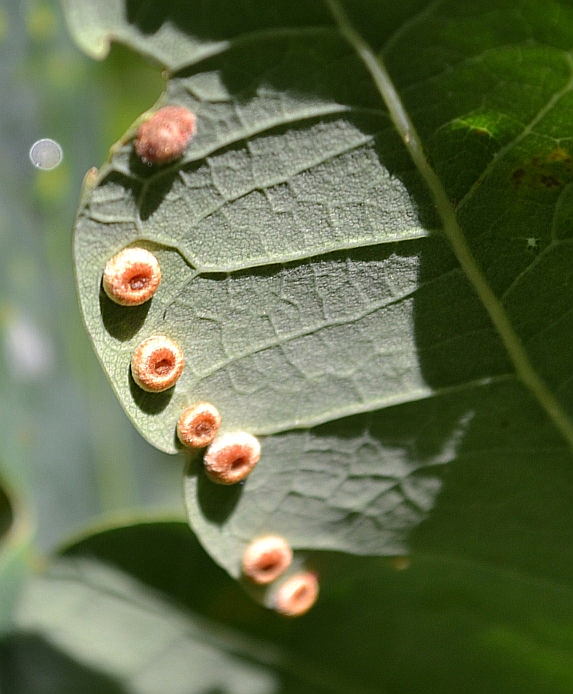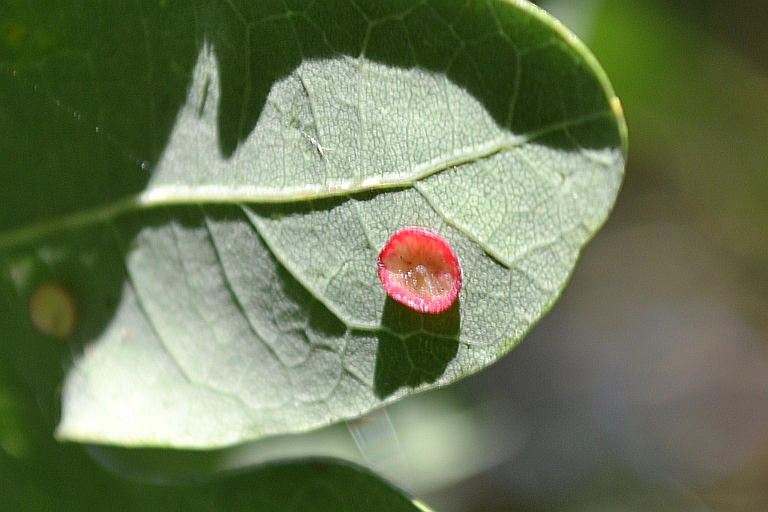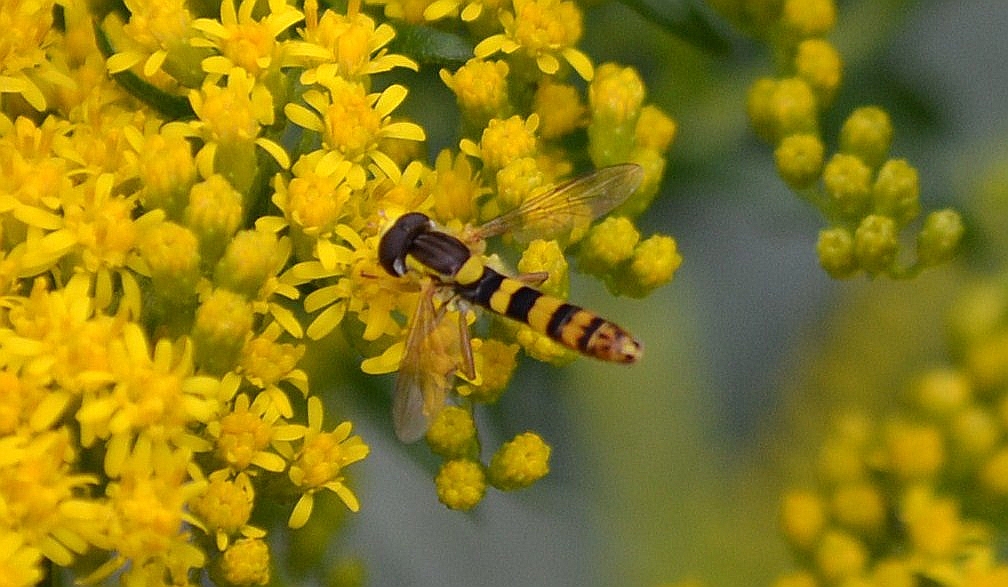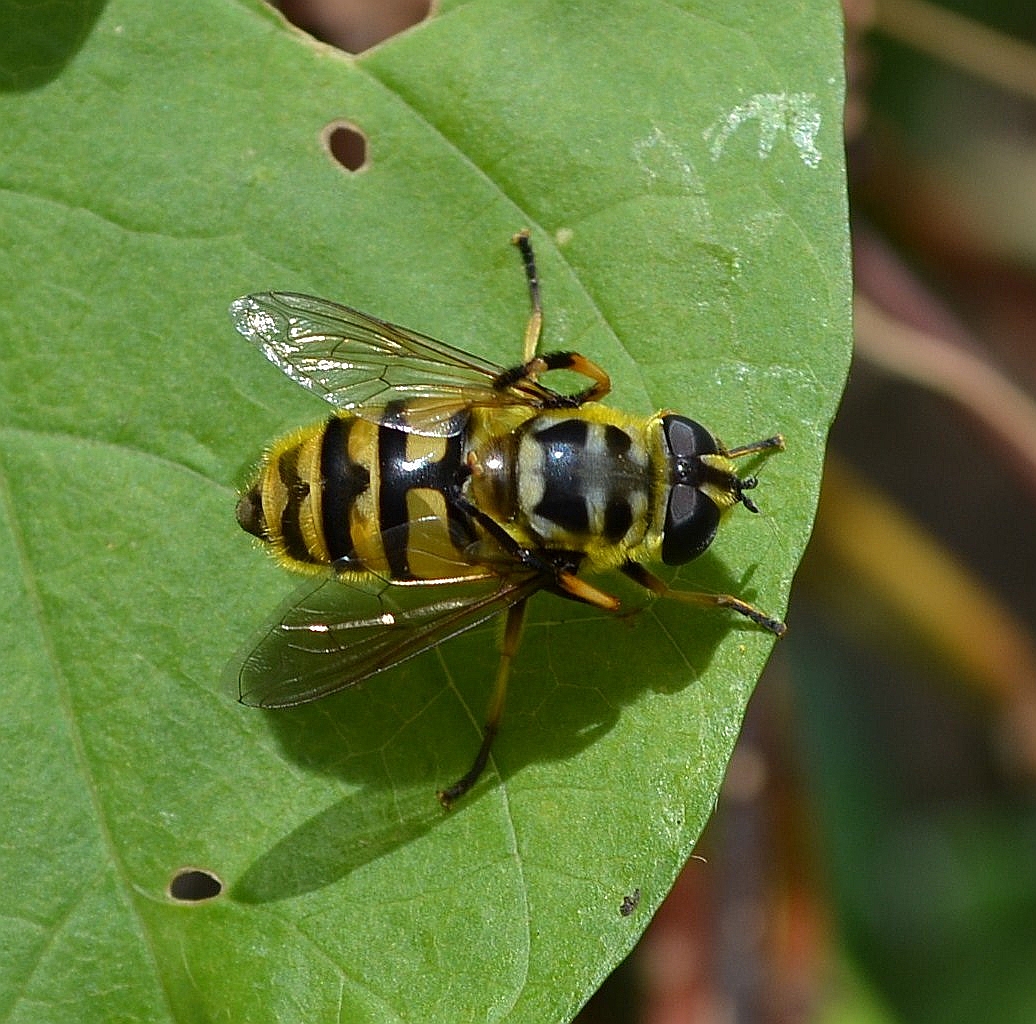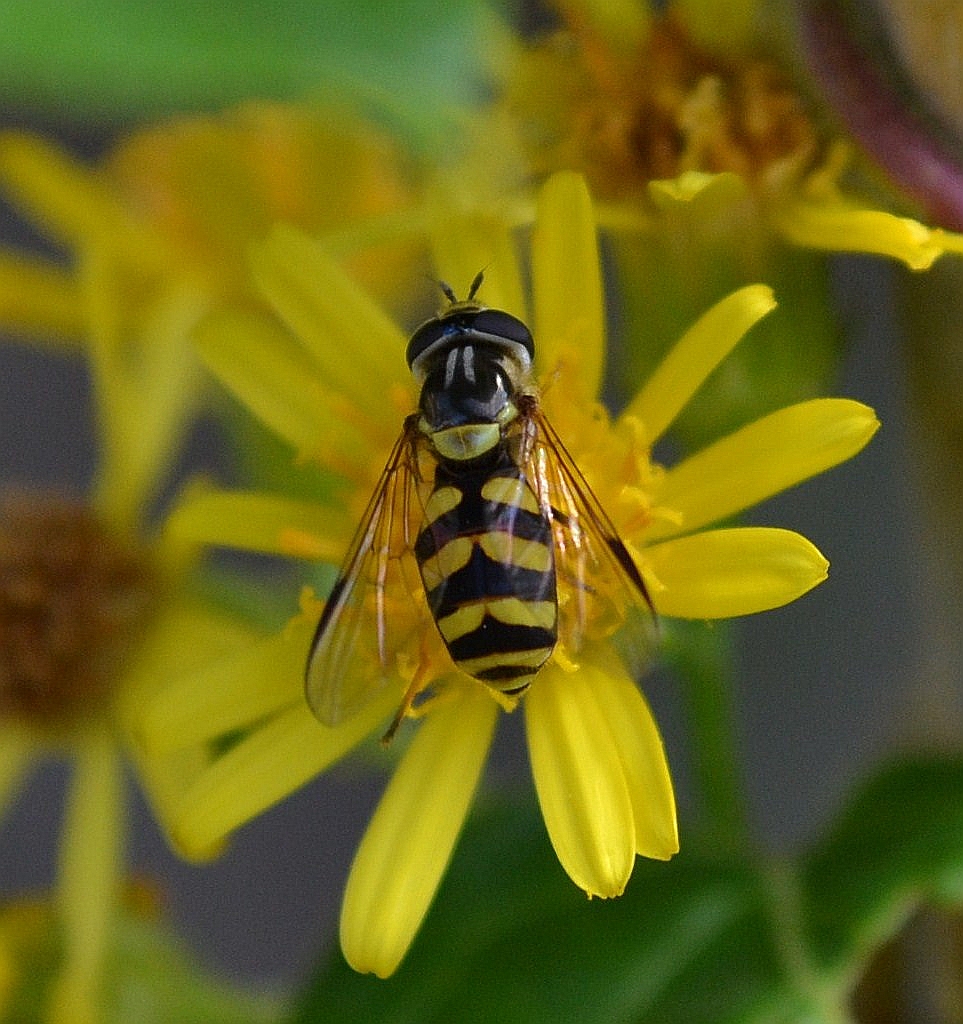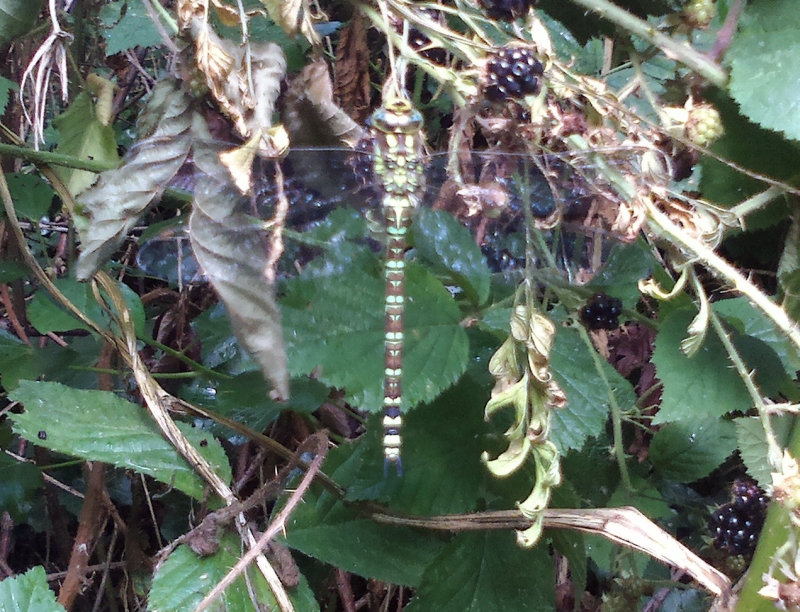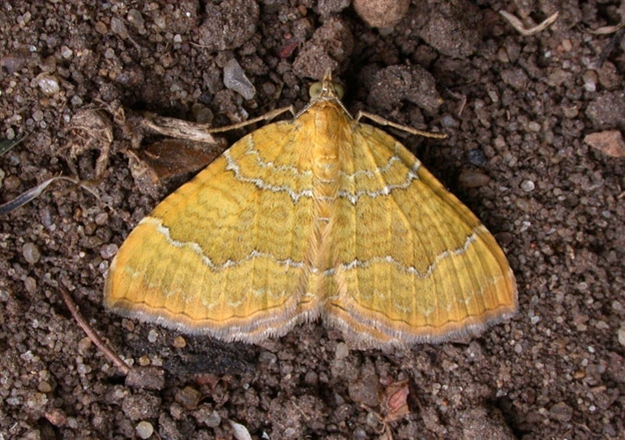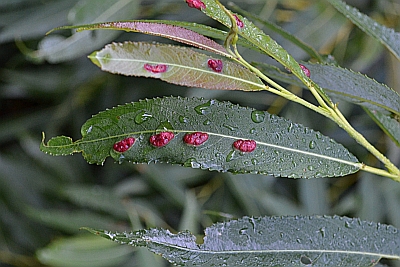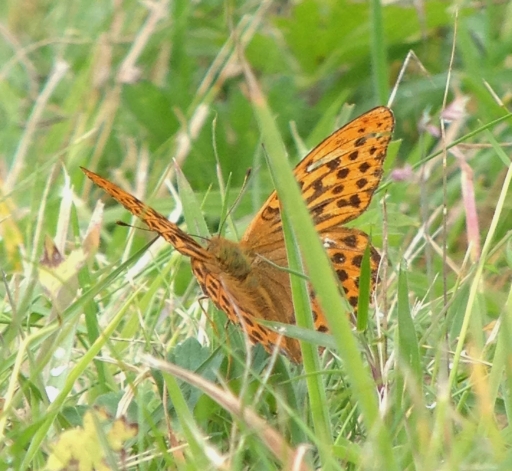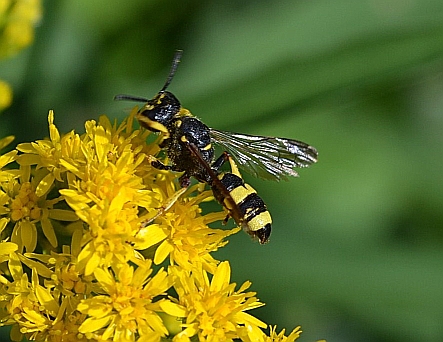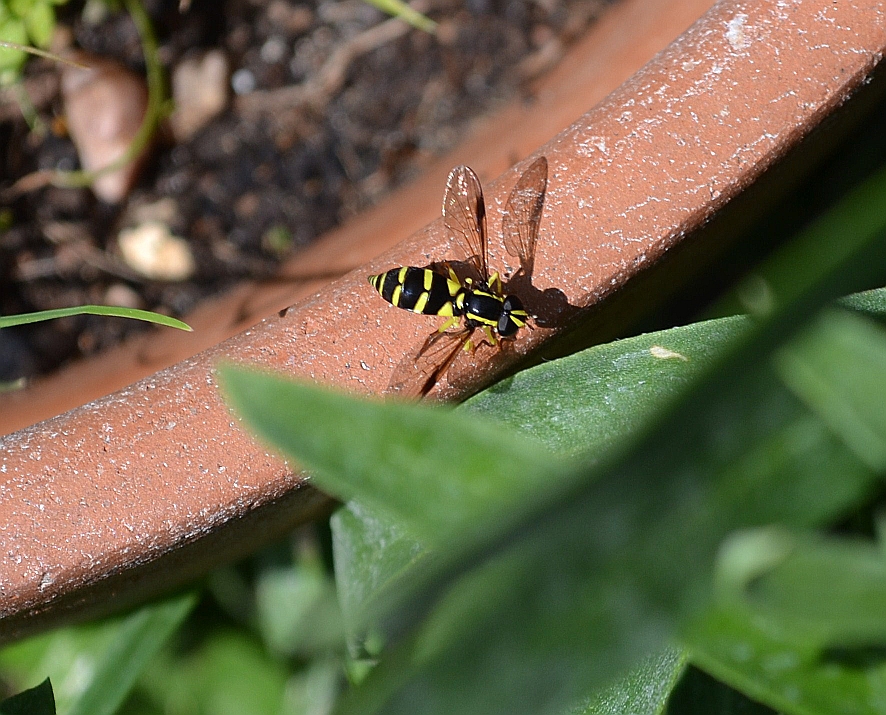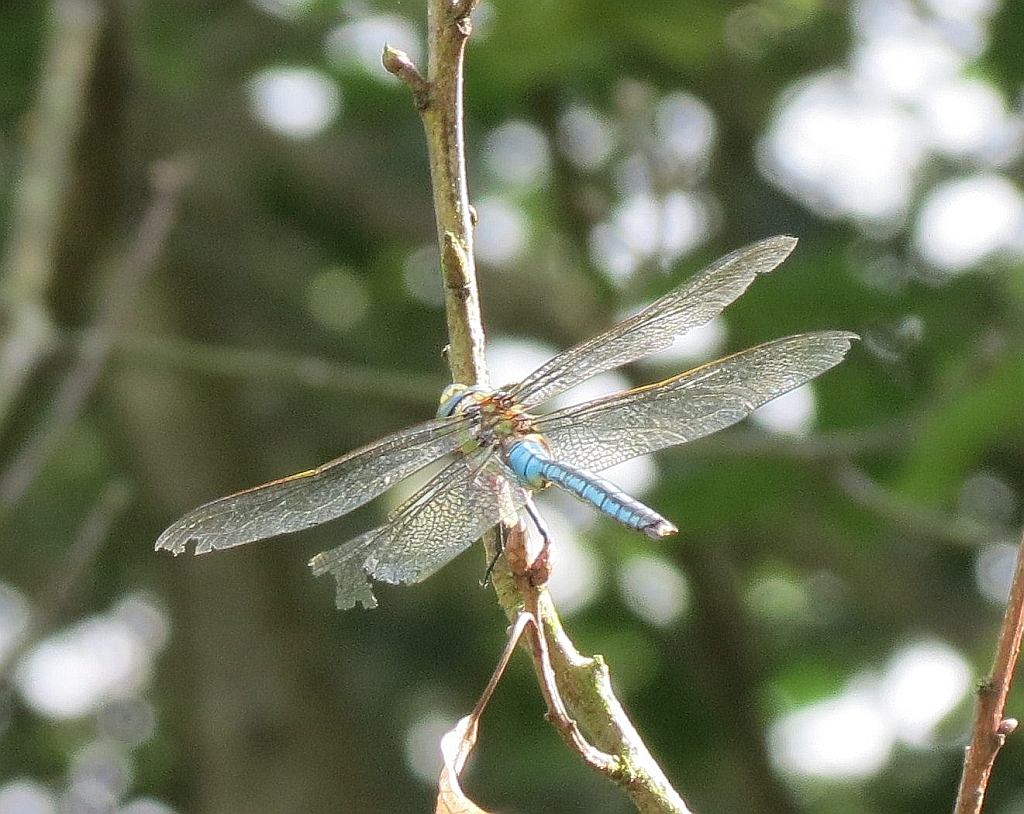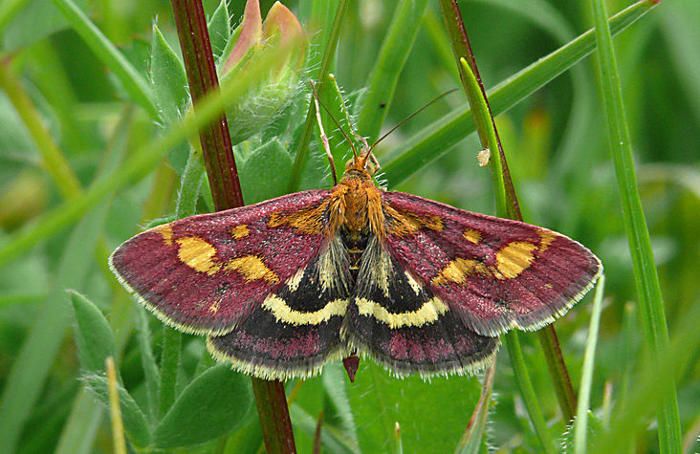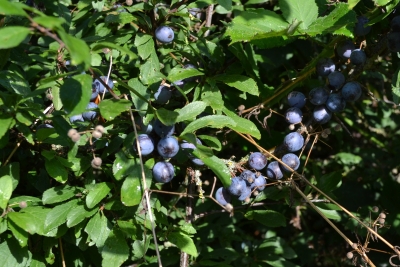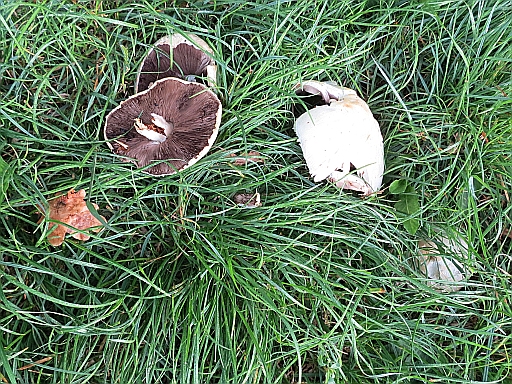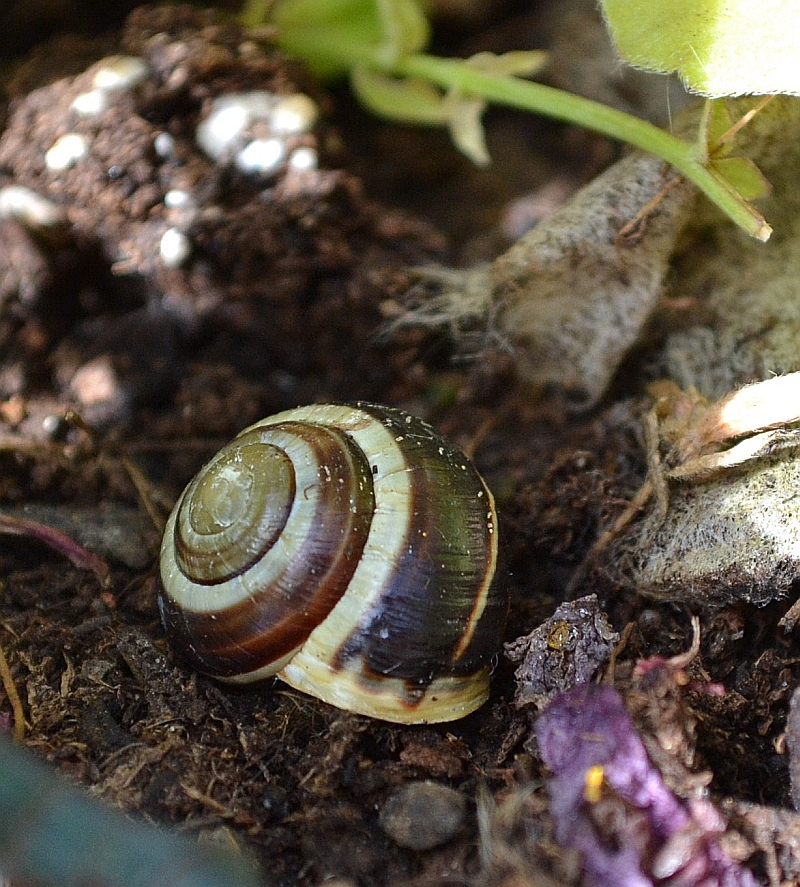
Click on the link to send in your sightings info@foteb.org.uk
For previous months sightings see Archive
The "Area Seen" refers to the 10 sections that the Brook has been split into for monitoring purposes (see Wildlife page under Monitoring ).
All sightings unless stated are from personal observations by Eddie Napper
Click on any picture to see a larger image
|
Birds 31/08/14 Paul Bright Thomas saw 30 Swallow flying S in small groups over Area 4. In Area 6 , 3 Red Kite were spiraling over Clifton Road . Meanwhile, in Area 7 a Buzzard was riding the thermals. 30/08/14
29/08/14 With hirundines cleary on the move back to their wintering grounds, Paul Bright Thomas saw a House Martin , 2 Swallow and a Swift in Area 4., 25/08/14
24/08/14 During the Balsam pulling in Area 5 a Kingfisher was seen (by some ) flying upstream by Woosehill Roundabout. In the Area 10 Lavells Lake Car Park field today , Richard Marsh et al had 3 Spotted Flycatcher on and around the big Hawthorn at the bottom of the field.. 23/08/14
22/08/14 In Area 10 Brian Bennett saw a Spotted Flycatcher briefly in an Oak tree alongside the Emm by the Black Swan Lake sailing compound. 21/08/14 Paul Bright Thomas heard a Kingfisher calling as it flew along the Emm in Area 4 near Kingfisher Bridge. A Willow Warbler was also heard calling nearby. In Area 10, Fraser Cottington had an adult Hobby over the Area 10 Lavells Lake Car Park low NW at 10:43 and a couple of Whitethroat were on the Hawthorn on the edge of the field. 20/08/14 Heading south over Area 8 today were several Swallow . 19/08/14 A single Linnet flew over Fraser Cottinton and Brian Bennett in the Area 10 Lavells Lake Car Park heading SE at 10:30, the first record since May. Also plenty of House Martins were overhead. 18/08/14 Reported today that a Kingfisher flew from the Emm and perched on the bench by Ripplestream Bridge in Area 5 before flying off downstream. 17/08/14 The Balsam bashing on the Emm, was in Area 3 (Molly Millars Lane) today. Walking up the Emm produced a Grey Wagtail and a brief sighting of a Kingfisher near the bridge by Oakey Drive.At 20:30 this evening 12 nosily calling Canada Geese flew over Area 5 probably towards Windmill Pond. 16/08/14
09/08/14
08/08/14 Fraser Cottington was in the Area 10 Lavells Lake Car Park field this morning and had a Mistle Thrush over SE. A trickle of House Martin going SE and 2-3 Bullfinch about. 07/08/14 3 Swift were seen flying over the Area 10 Lavells Lake Car Park field by Fraser Cottington. 04/08/14 Paul Bright Thomas was out early in his Area 4 garden and had a Chiffchaff and 3 Swift over. A Chiffchaff was also heard calling near Dragonfly bridge. 02/08/14 Flying up from the weir pool near Woosehill Roundabout, was a Grey Wagtail calling as it flew across the Spine Road. A Sparrowhawk flew from the rear of Windmill School, carrying prey. 01/08/14 A good start to the month with a fleeting glimpse of a Kingfisher seen very appropriately near Kingfisher Bridge in Area 4 at 07:50 . Richard Marsh saw 4 Chiffchaff and 2 Green Woodpeckers in the Lavells Lake Car Park field off Sandford Lane, adjacent to the Emm. Meanwhile back at Area 4, Paul Bright Thomas had a solitary Swift over and a Goldcrest moving through his garden. |
Insects 31/08/14 In Area 6, behind the Clifton Road shops the first Hornet Vespa crabro of the year was seen on Blackberries The hornet is an impressive insect and is Britain's largest social wasp. With the sun out again Banded Demoiselle Calopteryx splendens were seen on the wing. 26/08/14 Whilst bringing out the recycling boxes from the garage this morning an Old Lady Mormo maura moth was hanging on the side.It is a large-winged, sombre-coloured moth, which is distributed locally throughout much of Britain. It hides by day in old buildings and sheds, and frequents damp localities as well as waste ground and gardens. 23/08/14
22/08/14
17/08/14
16/08/14
15/08/14
07/08/14
03/08/14
01/08/14
|
Plants/Trees 16/08/14
09/08/14 As we head towards Autumn, the fruits of the trees and plants are starting to ripen. Most obvious along the Emm at the moment are Blackberry Pieris brassicae.The bright red berries of the Rowan Sorbus aucuparia are ripening and providing food for Blackbirds. The nuts of the Hazel Corylus avellana are still green on the bushes, but are proving to tempting for the Squirels who cant wait for them to ripen. Fungi
24/08/14
Molluscs
22/08/14
09/08/14
Other Wildlife Fish/ Crustacean 31/08/14 During the Balsam pulling in Area 6 and 7 today several unidentified fish were seen swimming in the Emm. 24/08/14 During the Balsam pulling in Area 4 today a Crayfish species was seen as Chas Stickler and Malcolm Dunmore were walking in the river near Kingfisher Bridge. It is believed to be a Signal Crayfish Pacifastacus leniusculus Signal crayfish are from North America; they were introduced to Sweden and Finland in 1960s and then distributed throughout Europe (including Britain). They are the most abundant of the introduced crayfish in the UK and now occur in many rivers in England, Wales and Scotland and are spreading along rivers, streams and canals, becoming very abundant. Signal crayfish carry crayfish plague and compete with the UK native White-clawed crayfish for shelter. They have a ferocious appetite and a considerable impact on other freshwater animals as well as damaging our river banks through burrowing. Male Signal crayfish are usually up to 16cm in body length (females up to 12cm) and they have smooth with generally bluish-brown to reddish-brown body colour or light- to dark-brown. The best way to recognise them is their distinctive smooth claws with a white-turquoise patch on top of their claws at the joint between the two fingers of the claw, which they open wide to “signal” to other crayfish. The underside of their claws is brick red. Mammals In a slightly strange event this morning 2 Common Pipistrelle Pipistrellus pipistrellus were flying around my Area 5 garden at 06:10 as I filled up my bird feeders. - Amphibians
For a review of the sightings along the Emm for the first 4 months of 2014 click here 2014 Sightings For a review of 2012 sightings click here 2012 Sightings For a review of 2013 sightings click here 2013 Sightings |
